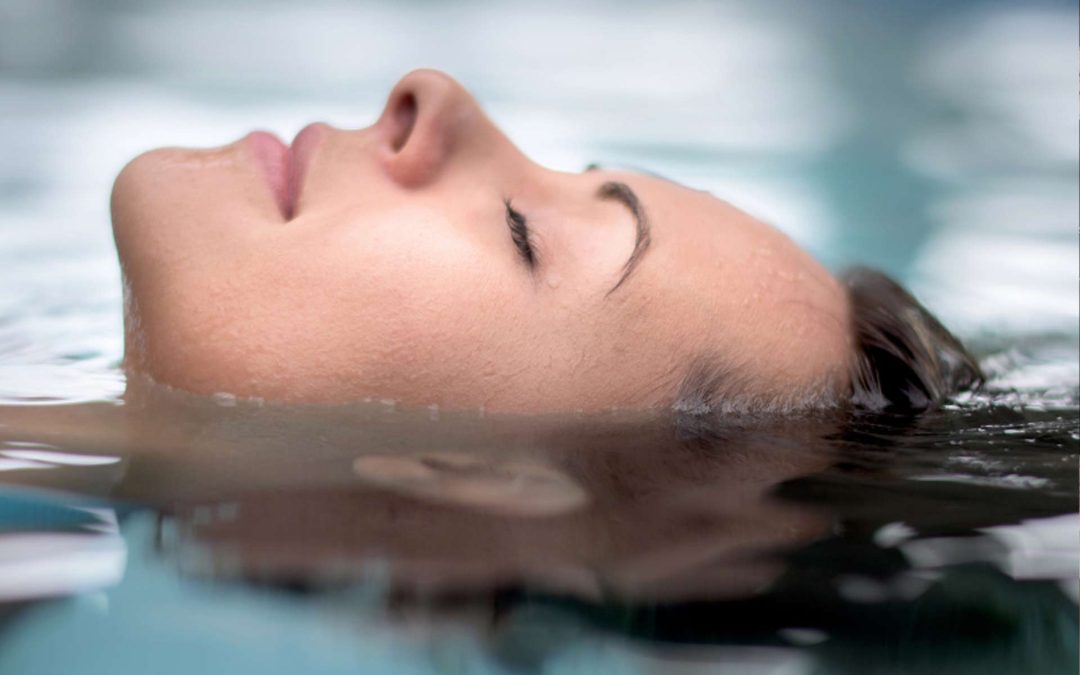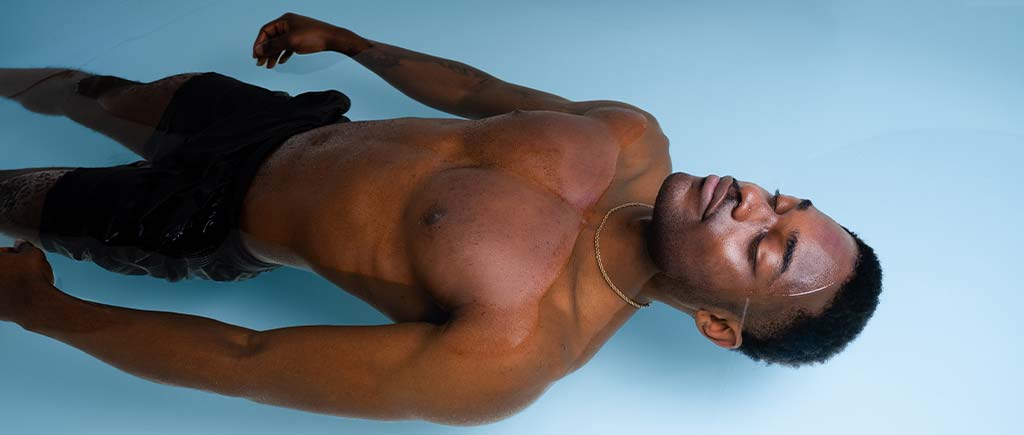
Floatation Bath: A Journey Within
SPA OVARIUM
Floatation Bath: A Journey Within
Floatation Tank
Floatation Bath: A Journey Within
A floatation bath, also known as a sensory deprivation tank, allows you to float effortlessly, creating a feeling of weightlessness that promotes deep relaxation. Your muscles unwind, your joints decompress, and your organs regain their natural space.
Originally designed to create an environment free from external stimuli, floatation therapy provides a much-needed break from the constant bombardment of sensory input. This process helps the nervous system regenerate, reducing both stress and anxiety.
A floatation bath is also an invitation to an inner journey—whether psychological or spiritual—depending on your perspective. Introspection is essential to aligning our life choices with our deepest values. Taking the time to pause, float, and focus on this inner journey is the very essence of the floatation experience.
Exploring Your Inner World
Engaging in floatation therapy is a deeply personal experience. Some use the tranquil setting to meditate under ideal conditions, while others enter the floatation tank with a question in mind, let it go during the session, and later find an answer emerging while sipping herbal tea after floating. For many, it is the perfect opportunity to truly let go—emerging from the tank feeling lighter, freer. If you find yourself torn between logic and intuition, a floatation bath can help your consciousness expand, guiding you toward the right choices. Each person experiences floating in their own way.
The Science-Backed Benefits of Floating
Beyond its introspective and meditative qualities, floatation therapy offers numerous physical and psychosomatic benefits. Scientific studies have shown that regular float sessions can significantly reduce anxiety and chronic pain.
For example, research conducted at the Human Performance Laboratory of Karlstad University found that floatation therapy alleviates chronic pain related to stress. Among participants suffering from anxiety, depression, or fibromyalgia, more than three-quarters reported significant health improvements.
Additionally, floatation therapy has been shown to improve sleep quality, reduce fatigue, and enhance overall well-being. The sensation of weightlessness in a warm, silent sensory deprivation tank activates the body’s natural healing and regenerative systems. (Source)
The Origins of Floatation Therapy
The invention of the sensory deprivation tank is credited to Dr. John C. Lilly, an American physician and neuroscientist. In the 1950s, he developed this tool to study human consciousness by isolating the mind from external stimuli. His research paved the way for new approaches in neuroscience and psychology, ultimately contributing to the modern-day popularity of floatation therapy.
For those interested in exploring the subject further, several books discuss the benefits of floating and sensory deprivation tanks. The Book of Floating by Michael Hutchison delves into the therapeutic effects of floating, while Programming and Metaprogramming in the Human Biocomputer by John C. Lilly offers insights into consciousness experiences in sensory isolation.
At our Floating Spa Ovarium in Montreal, we believe that everyone can discover their own reasons for floating. We invite you to share your experiences on our Facebook page and inspire others to explore the many benefits of floatation therapy.
Musique par Mansari
(extrait de l’album à venir)




